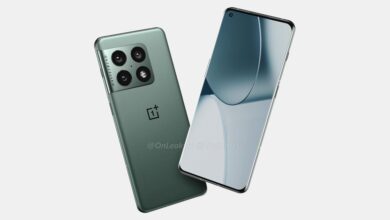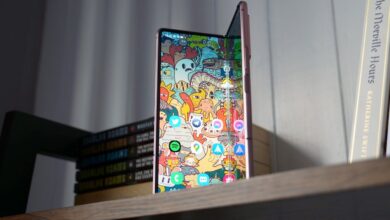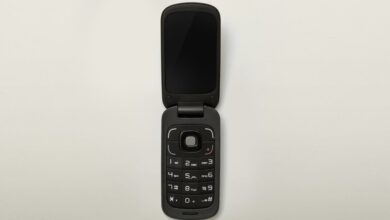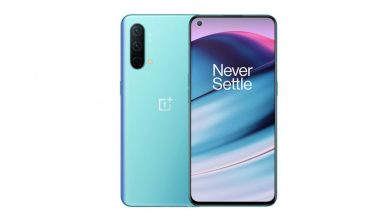Lenovo Legion Phone Duel/Pro 2 vs ROG Phone 5: What’s the diffe
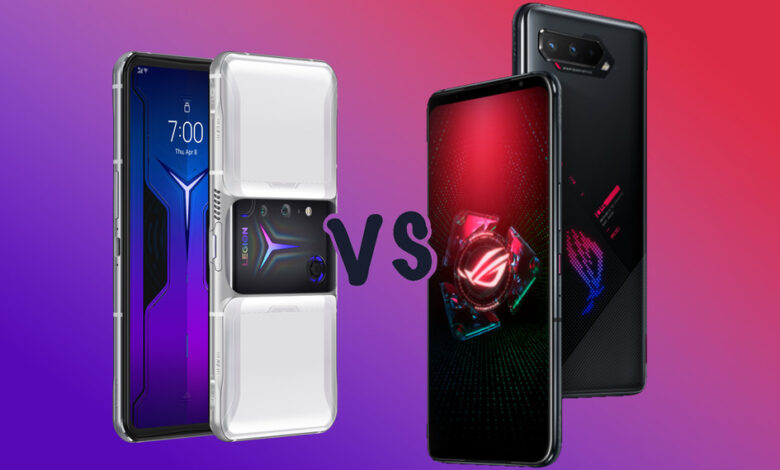
[ad_1]
(Pocket-lint) – Mobile gaming is on the rise and gaming phones are coming thick and fast (literally) from all corners. Lenovo is throwing its might behind the Legion Phone while Asus is pushing its own ROG Phone.
With the second-gen Legion Phone landing – called the Legion Phone Pro 2 or Legion Phone Duel 2 depending on where you live – and the ROG Phone 5 previously announced, how do these gaming giants stack up?
Release date and price
- Legion Phone Duel 2:
- 12/256: £699/€799
- 16/512: £899/€999
- ROG Phone 5:
- 8/128: €799
- 12/256: £799/€899
- 16/256: £899/€999
- ROG Phone 5 Pro: €1199
- ROG Phone 5 Ultimate: €1299
The Legion Phone Duel 2 has just been announced, with pre-orders opening on 8 April and availability from May 2021 in Europe.
The recently-released ROG Phone 5 was expected to be available in March, the Pro in April and the Ultimate in May 2021, but we’re yet to see it in retail channels.
Squirrel_widget_4440138
Design
- Legion Phone Duel 2: 176 x 78.5 x 9.9mm (12.56mm centre), 259g
- ROG Phone 5: 173 x 77 x 9.9mm, 239g
The Legion Phone Duel/Pro 2 takes a more exuberant design to the previous version, with a raised bump on the rear of the phone. That bump houses the RBG Legion logo, as well as the external fan, which draws in cool air to drive the active cooling system, with exhaust ports top and bottom.
It’s designed for holding in landscape and gaming, with two sets of touch triggers on the top of the phone and an additional touch triggers on the rear of the phone two. In total there are eight additional control options and over 200 configurations.
The ROG Phone 5 has a dot display on the rear with two RGB zones for colour combinations. The ROG Phone 5 Pro and Ultimate upgrade this to the ROG Vision display which can show animations or custom graphics.
The ROG Phone 5 models also have Air Triggers on the top, with the ROG Phone 5 Pro and Ultimate offering two more touch zones on the rear too. The ROG Phone 5 also supports programmable motion gestures to further aid your gaming, and a 3.5mm headphone socket.
Of the two, the Legion Phone looks more like handheld gaming unit, the ROG Phone 5 a little more like a phone.
Display
- Legion Phone Duel 2: 6.92-inch AMOLED, 2460 x 1080 pixels, 144Hz
- ROG Phone 5: 6.78-inch AMOLED, 2448 x 1080 pixels, 144Hz
The Legion Phone Duel 2 expands the display over the previous phone for a more immersive gaming area, and giving more space around the body for those touch controllers.
It’s now a 6.92-inch AMOLED display supporting a 144Hz refresh rate. It also supports HDR10+, has a brightness of 1300 nits and offers HDR enhancement for your games.
On top of that it has a 720Hz touch sampling rate to make those touches even more immediate.
The ROG Phone 5 models have a smaller 6.78-inch display, although there’s not much in it. It offers a similar 144Hz refresh rate and is also AMOLED, both offer a Full HD+ resolution.
ROG say that it offers a 300Hz touch sampling rate, so the Legion Phone may just offer a slightly faster response.
Hardware
- Legion Phone Duel 2: Snapdragon 888, 12-18GB RAM, 5500mAh, 90W charging
- ROG Phone 5: Snapdragon 888, 8-18GB RAM, 6,000mAh, 65W charging
The new Legion Phone 2 sticks to the principle of the previous model, splitting the battery into two cells and placing the Snapdragon 888 in the centre of the phone to offer direct cooling – and this inbuilt cooling system might give better results over long gaming sessions.
There are two USB-C ports, allowing up to 90W charging, as well as a bypass mode to power the phone directly when gaming, if you wish. It’s a 5500mAh battery in total.
There are options for 12/16/18GB RAM and 256/512GB storage from Lenovo, with ROG offering more combinations for more options and price points. Not all models are available in all regions.
The ROG Phone 5 also uses the Snapdragon 888, so we’d expect similar performance, but with 8-18GB RAM depending on the model you buy. There’s 128-512GB storage options too, as we said, giving more variety.
The ROG Phone 5 has a larger capacity battery at 6000mAh so may well last longer, but the Legion Phone Duel will charge faster as ROG only offers 65W charging.
The ROG Phone has a pogo pin connection for clip-on accessories, including a cooling fan for the rear of the phone. While the use of an accessory means the phone can have a more conventional design than the Legion Phone – having a more advanced cooling system on the Lenovo phone may be more convenient for gamers.
Both offer dual stereo speakers and both offer quad microphones.
Cameras
- Legion Phone Duel 2: 64MP f/1.9 main, 16MP f/2.2 wide-angle, 44MP selfie
- ROG Phone 5: 64MP f/1.8 main, 13MP f/2.4 wide-angle, 5MP macro, 24MP selfie
The Legion Phone houses the cameras towards the centre of the rear of the phone so they are not under your fingers all the time when gaming, while it also uses a pop-up selfie camera to keep the screen free from clutter and enhance the streaming or capture experience.
There’s a 64-megapixel main camera on the rear supported by a wide-angle, but the Legion Phone 2’s real efforts are in the front facing camera.
The pop-up camera can be deployed when you want it and that can be for selfies or for streaming, with the ability to insert your face in the picture – or a custom avatar instead. There’s range of options specifically for streaming, allowing you to go live on Twitch or YouTube.
The ROG Phone 5 puts its selfie camera into the bezel at the top of the phone, so there’s a chance it will be covered when gaming in landscape, so it’s not going to be as competent for capture or streaming as the Legion offering.
The rear cameras are similar with a 64-megapixel main camera and ultra-wide lens, although the ROG Phone offers a macro camera too.
Conclusions
The biggest difference between these phones is in the design. The Legion Phone Duel/Pro 2 has changed its form to accommodate more enhanced cooling. That makes it slightly less conventional than the ROG Phone, which has a much more “normal” profile.
That could swing both ways: the Legion Phone 2 might have enhanced gaming performance thanks to that integrated cooling, but it may suffer as a regular phone as a result – because of the shape of the back of the phone – it’s mighty thick in the centre.
When it comes to performance, there’s a lot of parity between these devices in the core hardware – but as we said, the cooling of the Legion Phone and that touch response could give it the edge in games.
The Legion Phone is larger and some might find that the ROG Phone is a better size. The pop-up selfie camera is going to be great for streaming, but the camera arrangement on the Legion Phone is less convenient than the more regular layout on the ROG Phone 5 when it comes to everyday shooting.
As it stands, based on the specs and design, it looks as though the Legion Phone Duel 2 is going to offer something a little more to those who game a lot – but the ROG Phone 5 might be easier to slip in your pocket when you’ve finished.
Writing by Chris Hall.
[ad_2]
Source link


